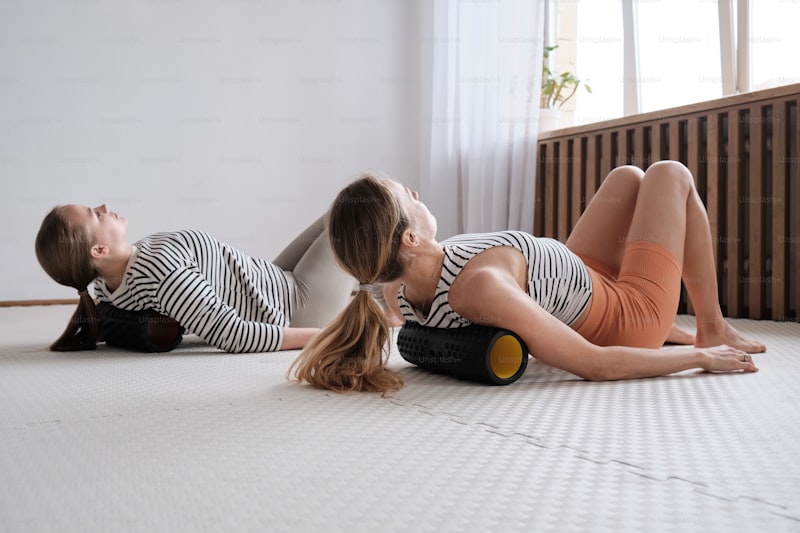Hibernating mammals have got it worked out. Once the golden leaves of Autumn have fallen, they then spend the winter curled up in their cosy cave, re-emerging only when the green shoots of Spring unfurl. Migratory birds do the other sensible thing and migrate to warmer climes – like the swallows to Africa.
What do humans do? Well, the richer ones migrate too, spending six months of the year in their apartment in the South of France. But most of us resort to our usual response, which is to carry on as blooming normal and moan about it.
What is Hibernation?
We’re mammals, so why don’t we hibernate too? There are only a few animals which are true hibernators – in this country there are dormice, hedgehogs and bats. Hibernation isn’t actually sleep, the technical term is ‘torpor’, and it’s a state of stasis, where the animal’s heart and organs slow down and their core body temperature cools to reflect the ambient temperature. In fact, animals that hibernate actually come out of torpor (the state in which hibernation occurs) in order to get some deep sleep.
Hibernating is essentially about conserving energy when food sources are low and the weather conditions are harsh. While the hibernating itself is important, the preparation for this phase is just as crucial. Hibernating mammals prepare for hibernation by gorging themselves in order to lay down layers of extra fat. This then gets used to keep the body at the minimum temperature needed for life. The other preparation is the making of a safe den to hibernate in, which is usually hidden and insulated, with stores of food “just in case”.
The Human Equivalent
We often build up our fat reserves too, but we usually wait till Christmas to do it. Then we get to January and get a fright when we step on the scales and discover how successfully we’ve built them up. Instead of happily curling up in a ball in a cupboard somewhere to sleep it off, we frantically join a gym or hit the mat hard in an effort to sweat that insulating layer of fat back off again.
Is this the right approach? January is certainly a time of new beginnings, of making New Year’s resolutions and sticking to them (sometimes). But our inner mammals are actually curled up in a ball and sleeping till the spring starts to unfurl.
What’s the right approach to this tough time of year? And how can we tap into that natural wisdom of slowing down and shutting up shop till the warmer weather and longer days are there to naturally put a spring in our step?
Hibernation Lessons
While it would be lovely to curl up in a ball till Spring, it’s not really very practical. But there are still aspects of hibernating that we can incorporate into our lives at the moment to enjoy these months, rather than just survive them.
- Balance – Personally I feel that I need to earn the right to hibernate. In the winter months, this means getting the right balance of activity and rest. For example, I did an hour and 15 minute’s yoga practice on Saturday morning (smug fact), and then spent the rainy afternoon drawing and painting with my daughter, having some quiet quality time together.
- Know when to stop – We’re primed to keep going, whatever the weather, but while it’s important to still have goals in mind for this time of year (to prevent falling into a SAD-induced slump), it’s also important to know when to stop and rest.
- Get more sleep – An easy way to help your body adjust to the harsher environment is to give it more sleep. Being tired hugely depletes the body’s natural immune defence, which is already working overtime to heat your body up and fend off those seasonal coughs and colds.
- Keep warm – I work from home and used to have a rather Victorian approach to heating, which is that I didn’t deserve to have it on. After being berated by a friend, I’ve decided that maybe I’m worth it after all (especially after I started to develop Raynaud’s) and have it on low, as well as mountains of jumpers, wristwarmers, and slippers.
- Eat warm – Simple and healthy soups and stews are a way to keep your inner body warm and cosy. And the more nourishing the food, the less we’ll be tempted to give in to cravings and polish off any chocolate lying round the house.
- Gettin’ hygge with it – Hygge is a mostly Danish concept, which means creating a mood of coziness, comfort, and contentment, usually summed up by a roaring fire and a mug of something mulled. Make your home like a hibernation den, by piling up blankets and making the effort to make up a real fire if you’re lucky enough to have a fireplace.
Hibernation and Yoga
I’ve often found that yoga is like life, and conversely, life is also like yoga. So when life is telling us to find ways to hibernate, then our yoga could almost certainly do with a bit of that too. However, the tempting thing, when it’s dark in the mornings, is to skip the morning practice in favour of an extra 20 minutes under the warm covers – hibernating, yes? But this is when the ‘balance’ point comes in to play. Although you’ll feel better for those 20 minutes, you’ll spend the rest of the day feeling that little bit more sluggish. So, if you’re feeling tired, choose to wake up with a pranayama practice, which you can still do with lots of cosy layers on.
Or get your inner fire burning with some short, sharp yoga sequences to warm up the core and keep you feeling that little bit warmer all day. Inversions such as handstand, forearm balance, and headstand are “firey” and get the inner engine room firing on all cylinders. Arm balances such as crow pose are also good at heating up the system from the inside out.
Finally, make sure that you give your body the deep rest it needs in a restorative sequence at least once a week. Get out all your props, support your body, cover yourself up with lots of warm layers, and allow your mind to drift off to its happy place.













